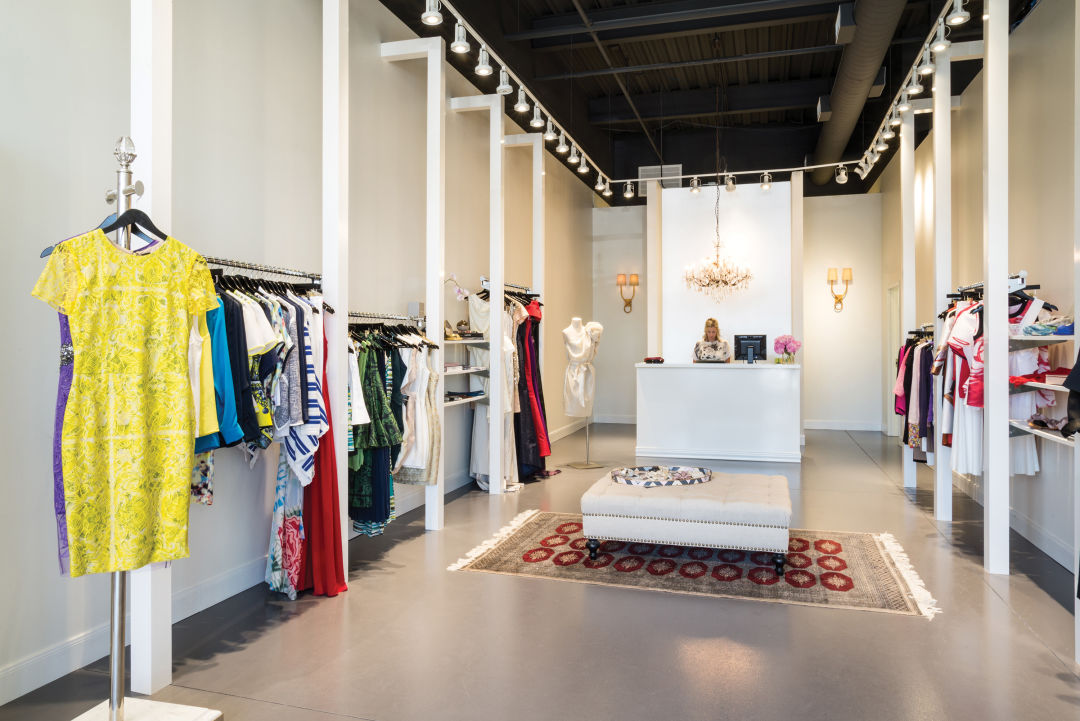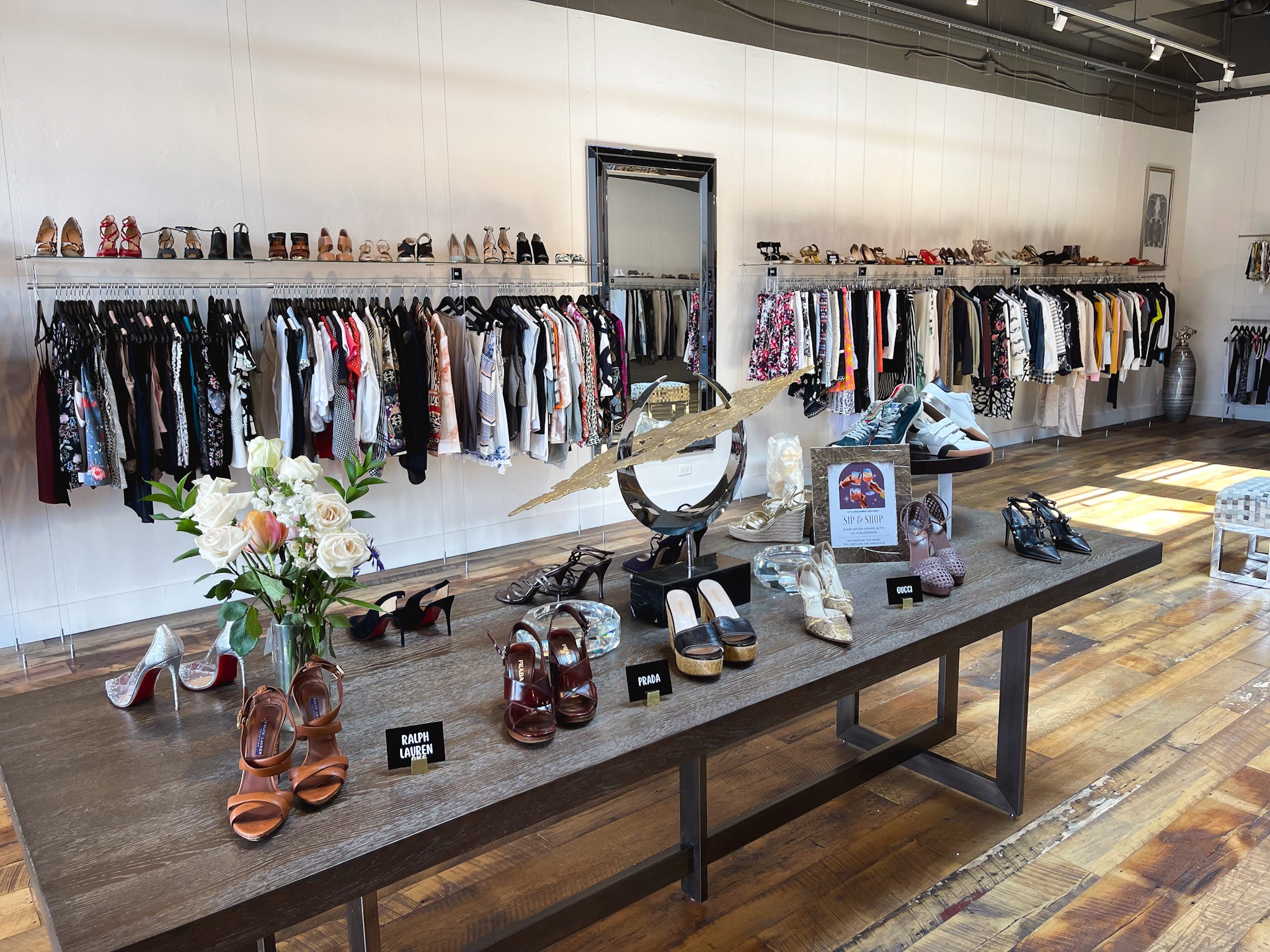The Impact of Social Media on Today's Boutique Fashion Trends
Wiki Article
A Deep Study the Globe of High-Fashion Runways: Understanding Clothes as Art
Developers, a lot like masterful musicians, weave complex stories through material, form, and shade, redefining and challenging conventional standards charm standards. As we explore these sartorial eyeglasses, we must ponder: what duty does style play in shaping societal worths, and exactly how does it show the ever-changing tapestry of human emotion and identification?The Development of Runway Shows
The trajectory of path shows has transformed considerably over the years, progressing from exclusive industry events to exciting spectacles that mix fashion with art. Traditionally, runway programs made love affairs, held in ateliers or tiny places, largely attended by purchasers and industry experts. These early discussions concentrated on the garments' craftsmanship and industrial viability, using a functional and direct screen of seasonal collections.As the garment industry expanded, the nature of path programs started to change. The 1970s and 1980s marked a turning point, with developers seeking to identify themselves via more staged presentations. This age saw the surge of elaborate sets, choreographed versions, and thematic stories, advertising a brand-new age where the runway came to be an experiential system. The programs changed right into a form of narration, where each collection shared a distinctive story or concept.
In recent times, innovation and social media sites have actually further revolutionized path shows, making them accessible to a global target market. Livestreaming and digital systems have actually equalized fashion, enabling lovers worldwide to witness these events in real-time (boutique fashion). This evolution reflects a broader cultural shift, where high-fashion paths function as a vibrant junction of technology, performance, and style
Designers as Enthusiast Artists
Designers in the high-fashion industry have actually obscured the lines between useful garment production and the conceptual world of art. By welcoming creative disciplines such as sculpture, paint, and progressive installations, developers craft garments that test conventional style norms and raise them to art kinds.Visionary designers attract inspiration from a myriad of sources, including abstract art, historic referrals, and individual narratives. They possess an unique capacity to picture and appear concepts that press the borders of traditional style, typically redefining visual paradigms in the procedure. This imaginative ingenuity is showcased through remarkable shapes, innovative materials, and elaborate craftsmanship, which welcome visitors to experience style as even more than simply wearable items.
Moreover, the runway works as a canvas for these artists, where lighting, songs, and established design coalesce to produce immersive experiences. These discussions are not merely display screens of clothing however are managed performances that stimulate emotion and prompt idea, attesting the designer's function as a real artist in the modern social landscape.
Cultural Impacts in vogue
Social tapestry weaves its complex patterns into the textile of style, affecting developers internationally. The vibrant interchange of cultural stories, customs, and signs informs and motivates collections that poise high-fashion runways. Developers thoroughly draw published here from their heritage or involve with cultures distinctive from their own, crafting garments that work as visual narratives. This social dialogue not just enriches the visual diversity but additionally promotes a much deeper understanding and gratitude of worldwide identifications.The influence of society on fashion is typically seen in the reinterpretation of traditional garments and patterns. The usage of Japanese robes, Indian saris, or African prints in contemporary style mirrors a blend of cultural credibility and contemporary aesthetics. Designers such as Valentino's Pierpaolo Piccioli and Alexander McQueen's Sarah Burton have been understood to incorporate rich cultural concepts right into their couture collections, translating history into wearable art.

Development in Material and Style
Technology in fabric and design continually reshapes the landscape of high-fashion, pressing boundaries and redefining possibilities. Developers are significantly checking out the combination of innovation, such as 3D printing, which allows for the production of intricate frameworks that were previously unimaginable.The style market is observing a rise in the usage of environment-friendly materials, acquired from recycled plastics, natural fibers, and even naturally degradable components. Designers are accepting these products to craft garments that are both aesthetically striking and mindful of their eco-friendly footprint.
In regards to layout, avant-garde silhouettes and speculative kinds are continuously reinventing the runway. By incorporating unique products and advanced techniques, designers cultivate garments that blur the line in between style and art, establishing brand-new standards for creativity and expression in the high-fashion ball.
Impact of Fashion on Society
Fashion wields a profound impact on society, serving as both a reflection of a fantastic read cultural identity and a catalyst for social adjustment (boutique fashion). With its development, style has actually mirrored social changes, encapsulating the zeitgeist of various eras.Furthermore, fashion has the power to bridge cultural gaps, cultivating understanding and recognition among diverse groups. As see this page globalisation accelerates, the cross-cultural exchange of fashion ideas ends up being significantly significant, promoting inclusivity and diversity. The increase of streetwear, stemming from urban subcultures, illustrates exactly how fashion can go beyond socio-economic limits, providing individuals a way of self-expression and empowerment.
In significance, style is not merely concerning aesthetic appeals; it is a dynamic force that influences worths, attitudes, and social progress (boutique fashion). By continually connecting with social and cultural currents, style stays an important component of the cumulative human experience

Conclusion
High-fashion runways work as vibrant sectors where apparel transcends functionality to become an expressive art form. Developers, comparable to visionary artists, orchestrate collections that reflect identity, emotion, and social stories, testing typical visual appeals. The fusion of ingenious fabric and design, coupled with elaborate set designs, illumination, and music, develops immersive experiences that celebrate social diversity. This intersection of fashion and creativity not only captivates audiences globally yet additionally influences social perceptions and promotes a much deeper recognition for multiculturalism.
Social tapestry weaves its detailed patterns into the textile of fashion, affecting developers around the world.Style wields a profound influence on society, offering as both a reflection of cultural identification and a driver for social modification.
Report this wiki page